
What to SEE on the Short Inca Trail?
The Inca Trail is a popular hiking trail that structures part of the Old Inca Road Network. The 2-Day Short Inca Trail takes you on the last third of the Exemplary Inca Trail. The path goes through the Sun Gate to the lofty Machu Picchu Citadel! The excursion starts when you cross the bridge at KM 104 over the Urubamba Waterway. It offers impressive Inca ruins, sweeping mountain sees, lavish subtropical vegetation, and exceptional environmental assortments. As you hike the stone steps, 600 years of age, and meander among the cloud backwoods of Machu Picchu. You’ll before long enter the subtropical vegetation of this mountain retreat. Upon landing at the Guards Gate at Machu Picchu, you’ll get to take genuinely amazing postcard photographs of the Machu Picchu Fortification. Find various historical destinations and all that nature brings to the table.
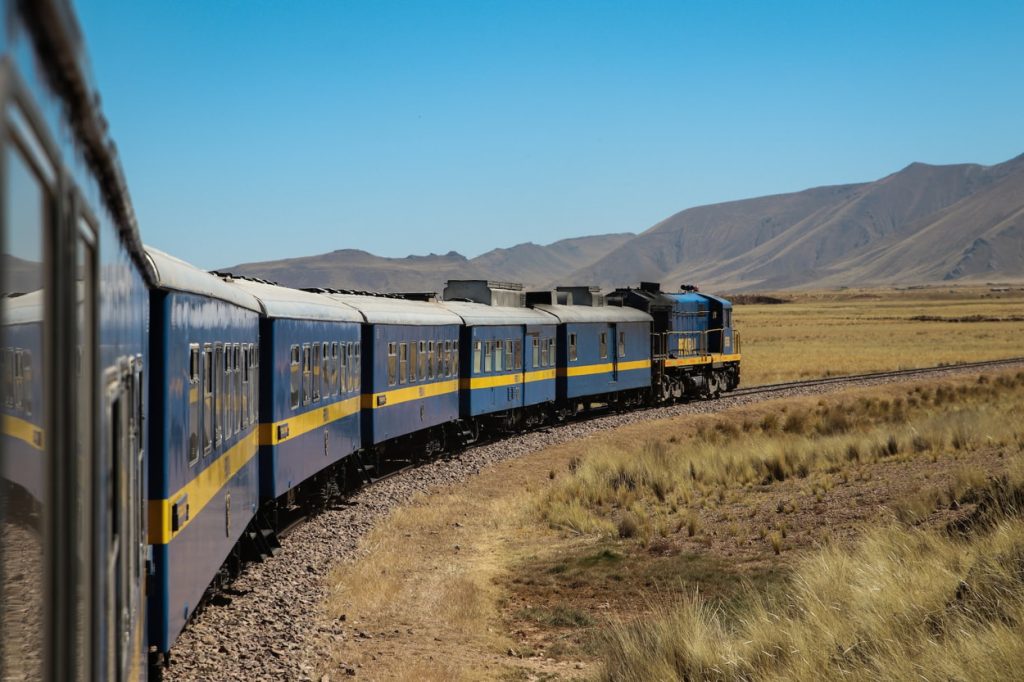
Train ride
The excursion to the Short Inca Trail begins on the Expedition Train, positioned in the clamoring small town of Ollantaytambo. Takeoff time is typically booked at 6:10 am as the sunrises over the mountains. The train tracks ride the Urubamba Stream on the left, as it tenderly bends with the street. On your right are staggering views of the rugged mountains with snow hooded tops. As the excursion proceeds the roughness of the mountains changes into lavish vegetation with wonderful sprinkles of colors. You are currently moving toward the high jungle and KM 104, the beginning stage for the Short Inca Trail.
KM 104 =(2 100m/6 927ft)
You can move up to the Vistadome train which has glass ceilings and windows. It gives the most staggering all-encompassing views of the incredible Andean scene you pass on the way. The Vistadome offers onboard amusement and snacks.
Suspension Bridge
To get to the designated spot of the Short Inca trail, you want to get an engineered overpass over the Urubamba Stream. When individuals land the train, they quickly make a small traffic jam. It’s the ideal spot to take those first photos of this historical excursion you are going to embark on. There is additionally no greater vantage highlight to catch the full extent of the Urubamba Waterway. It begins in Puno streaming for 724km prior to joining the Tambo Waterway to frame the Ucayali Waterway (part of the Amazon Waterway). Thus, quit absorbing this pivotal event, you are going to continue in the strides of the stunning antiquated Incas.


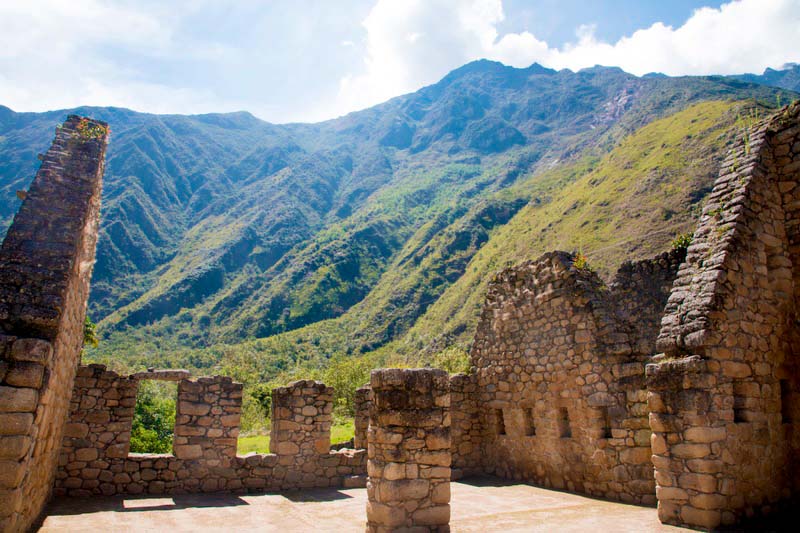
Chachabamba Archeological site
Chachabamba is just a short distance from the designated spot of KM104. It was rediscovered in 1940. It sits at a rise of 2 171m/6 995ft, encompassed by gigantic green mountains and lavish vegetation normal in a subtropical Andean Timberland. It’s situated in a spot at the highest point of a mountain that seems to have some way or another been flattened by the capable developers that were the Incas.
The plan of the design of the structures is to adjust to the shape of the territory that it envelops. The stonework is durable and flawless in its fabrication and plan. There are various water showers around the site giving the feeling that it might have been utilized as a strict site to revere water. This valley is extremely fertile and nature was vital to the antiquated Incas, knowns for making occasional sacrifices to Pachamama. Similarly as with most Inca sites, in the middle, you will find a religious altar carved cut out of regular stone. Another hypothesis is that the incredible fortification of Machu Picchu had a guardhouse. As this valley is so fruitful it had a vital horticultural role. Individuals additionally established potatoes, cassava, restorative plants, and spices addition to other things.
Waterfall
Mostly on your Short Inca Trail to Machu Picchu climb, you will experience a little waterfall with its perfectly clear waters flowing into the stones underneath. It ends up being a welcomed and truly necessary break prior to setting out on the main 2 challenging climbs on this hike. Subsequently, wash your face or on the other hand if time permits, remove your climbing boots and dunk your toes into the super cold relieving waters. Take in a wonderful nature brings to the table, away from the hurrying around of city life.
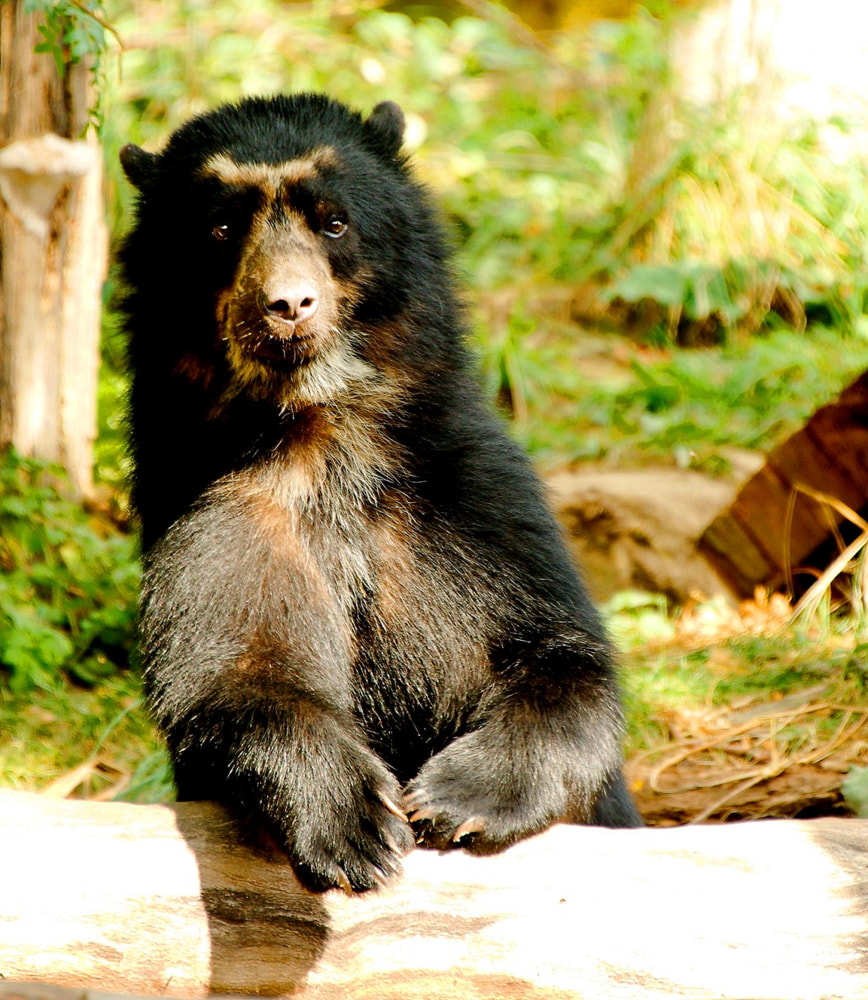
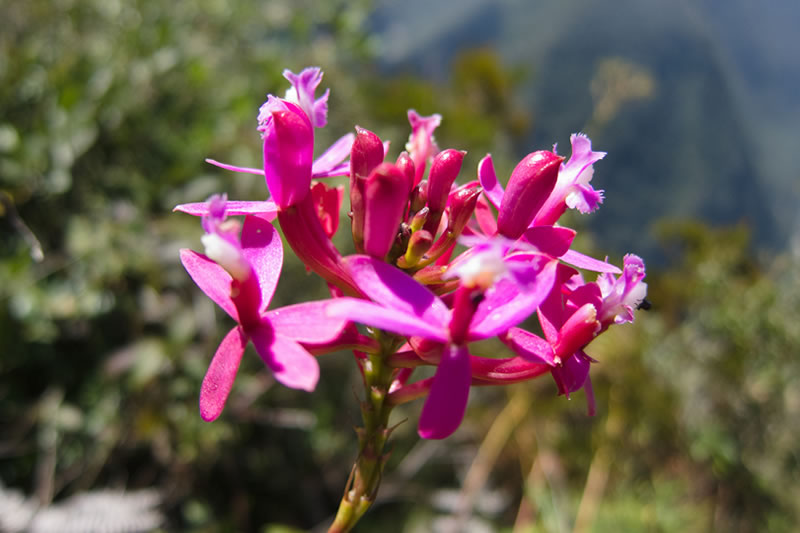
Flora and Fauna on the Inca Trail
Since the path is specked with Flora and Fauna which is novel to this area. Thus, gaze upon the various species you will have the joy to see. We will give short details of the most attractive and renowned species. The Andean Bear/Spectacled Bear is a herbivorous goliath bear that connects to numerous Andean fantasies and legends. The Puma/Cougar, Let’s get real here for a minute, this panics me a ton, however, don’t be afraid it truly loathes individuals and stays as distant from the path as could be expected.
In addition, Cock-of-the-rocks is a brilliant and strikingly gorgeous national bird of Peru. They are lone and quiet birds. During mating season, a female bird picks one lucky mate from a gathering of 50 birds on the rocks. The Goliath Hummingbird is the greatest hummingbird on the planet and you have an exceptionally high possibility of finding one during your Inca Trail hike. At long last, is the popular Llamas. Prior, the Old Incas used them to transport cargo. However, today individuals keep them as tamed creatures, particularly for their wool and flavorful meat.
The Flora is simply dazzling. Winay Wayna is by a wide margin the most well-known, with an imperishable archeological site named after it. The name signifies “Forever Young” in Quechua. Waqnki (tears in Quechua) is a nearby second. It tells the story of an unsupported love story between two individuals of different social classes in the public arena. It’s a sad Quechua romantic tale. Focal Montana is an extremely well-known cedar tree around here. Carvers have cut it into numerous things, including furniture, overhangs, and raised areas, in addition to other things. Then you have Molles, which is the most developed bush in the Andean area. You will go over a great deal of these shrubberies. People utilize their leaves for recuperating.
Wiñay Wayna
Winay Wayna (2 650m/8 694ft) is a baffling Archeological site. It looks ageless as though the construction was completed only recently. It’s suitably named after the renowned orchid tracked down on the path, with its name signifying “Forever Young” in Quechua. You get little looks at the site as far as possible from the suspension bridge, with the full impact of its magnificence making its presence felt on arrival. Hike up the chiseled steps until you arrive at the top, making stops en route to find the uses and significance of each segment. The all-encompassing perspectives on the Urubamba Valley, snow-covered mountain tops like Mt Veronica, and the delicately streaming Vilcanota Waterway look for you at the top.
Get familiar with the entrancing history behind this staggering Inca Site prior to stopping at a campground of a similar name close by for certain refreshments and utilization of bathrooms. Click for more information here!
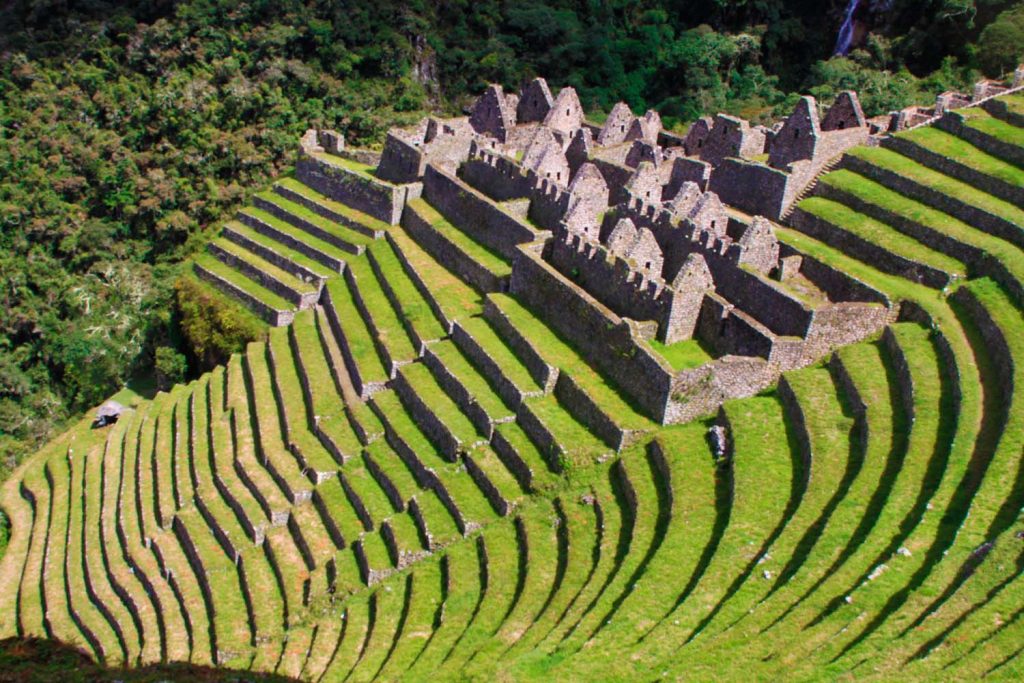
Monkey steps
The Monkey Steps (also known as Gringo Killer Steps) is a set of narrow steps located just before reaching the Sun Gate at Machu Picchu. These steps earned their name because they require you to climb up like a monkey, using your hands and feet to scramble up the steep incline. Despite their challenging nature, the Monkey Steps are the safest, easiest, and quickest way to reach your destination and enjoy the stunning view of Machu Picchu. Even though this section is short, it can leave some foreign travelers (also known as “gringos”) feeling completely out of breath. But don’t worry, with a little determination and a willingness to embrace your inner primate, you’ll make it to the top in no time!
Sun Gate
The Sun Gate, also known as Inti Punku, is a stunning viewpoint located at an elevation of 2,720m (8,924ft) overlooking the magnificent Machu Picchu Citadel – one of the 7 wonders of the world. In ancient times, it served as a checkpoint for people entering and leaving the Inca City of Machu Picchu. Due to its remote and strategic location, it was believed that only elite guests from the empire were welcomed at Machu Picchu. The Sun Gate is a spacious structure featuring windows and doors supported by terraces.
From the Sun Gate, you can admire the breathtaking panoramic view of the entire Inca City of Machu Picchu, nestled amidst the mountains. In the past, it was possible to hike up to the Sun Gate from Machu Picchu, but now it can only be accessed through the Inca Trail Trek due to government regulations. Whether you choose the 1 day or longer version of the Inca Trek, all of them will take you to the Sun Gate, making it a must-see destination for any visitor to Machu Picchu.
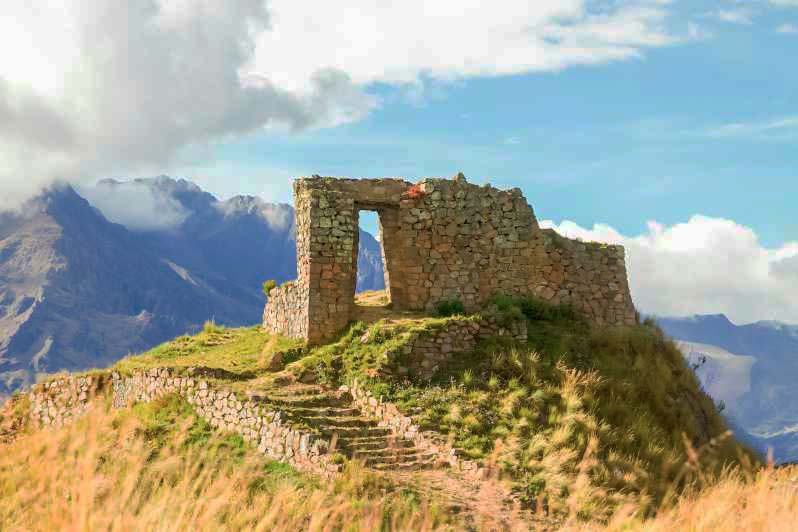
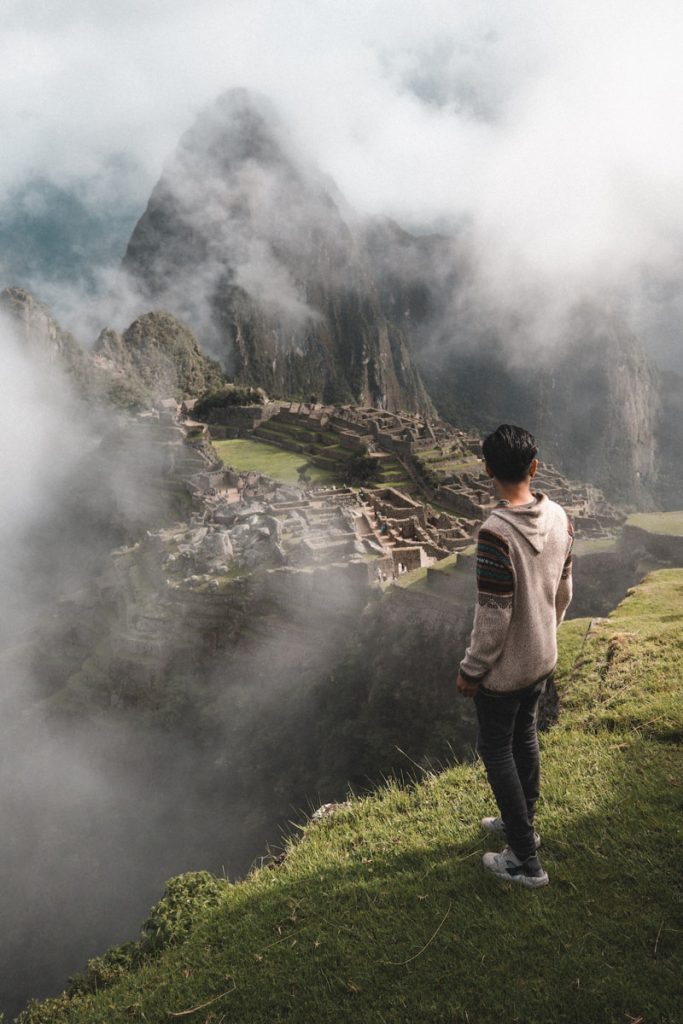
Machu Picchu
In 1911, a history lecturer from Yale University named Hiram Bingham rediscovered the incredible Machu Picchu Citadel. However, he mistakenly named it “The Lost City of the Incas” because the people living in the Andes mountains at the time were already aware of its existence. This magnificent and mysterious city is one of the 7 Wonders of the World and a UNESCO World Heritage Site. The Incan people’s engineering and construction skills were remarkable, and the remaining structures provide a glimpse into their daily lives.
When exploring Machu Picchu, you will have the opportunity to visit various structures, each revealing a layer of the vast Incan Empire’s historical, cultural, and religious legacy. These sites are truly awe-inspiring and will leave you feeling amazed. To learn more about these structures and plan your visit to Machu Picchu, click on the following link: What to see in Machu Picchu.
